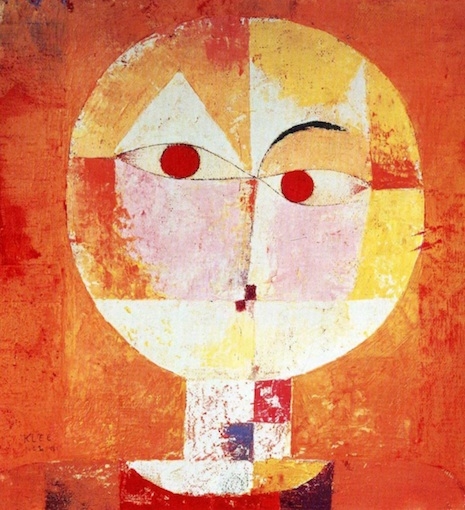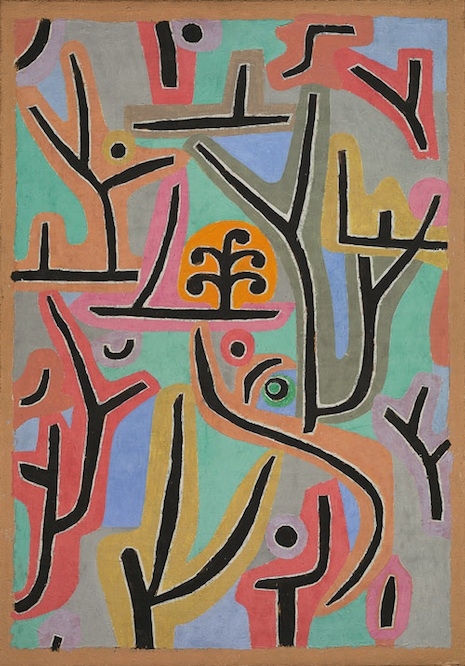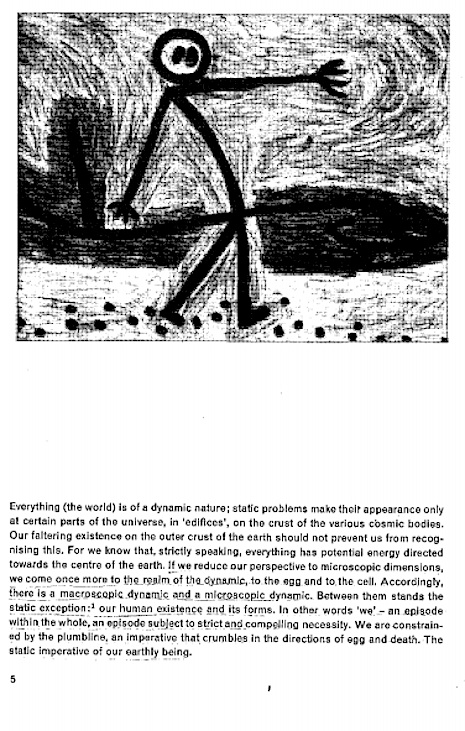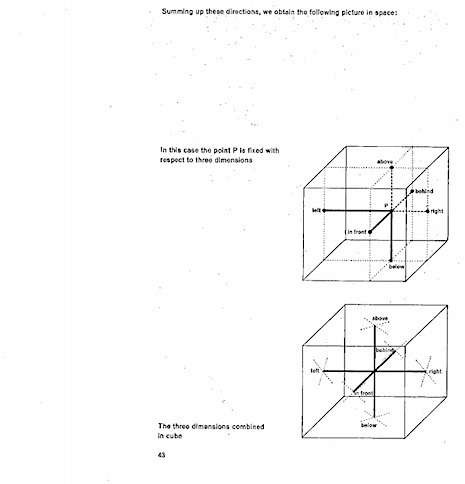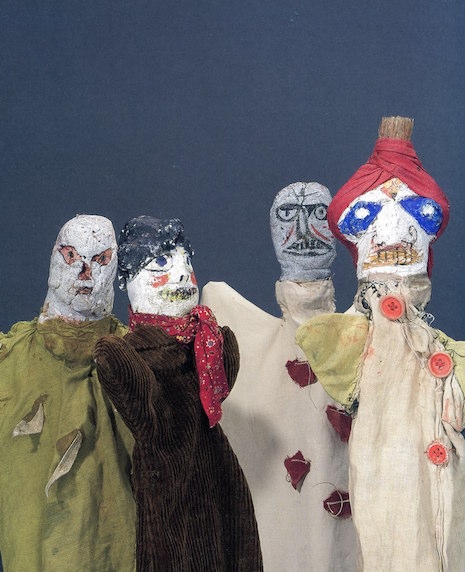
It’s Paul Klee week on Dangerous Minds! After who knows how many years of never mentioning him once in a headline, we’re now going to do it two days in a row. We did so yesterday, with Paul Gallagher’s post about the welcome news that the Swiss artist’s enormous collection of notebooks is available to be viewed online. Not failing to notice that the nation, nay the very planet, was gripped with a kind of Klee fever, we’re doing our best to keep up.
So today we bring you some evocative pics of the many charming and amusing hand puppets that Klee made for his son Felix. He made about 50 of them, but only 30 are still in existence. He used whatever materials were at hand: beef bones and electrical outlets, bristle brushes, nutshells and fur. The puppets date from between 1916 and 1925.
In researching the topic, I came across the German word Kasperl (pron. KASH-pell), which is the German-language equivalent of British Punch and Judy puppets and the French Guignol puppets, both of which find their origins in Puncinella, a clown character from Italy’s commedia dell’arte. I bring it up only because I remember Kasperl quite well from my own childhood, from the Austrian side of my family (let me tell you about Krampus sometime…..).
Here’s a group picture of the puppets (click for a larger view):

And an amusing picture of Felix Klee playing with one of the puppets 48 years after his father’s death in 1940:

Anyway, enjoy these pictures. If you want to learn more about this topic, an exhaustive coffee table book about them came was published in 2006.
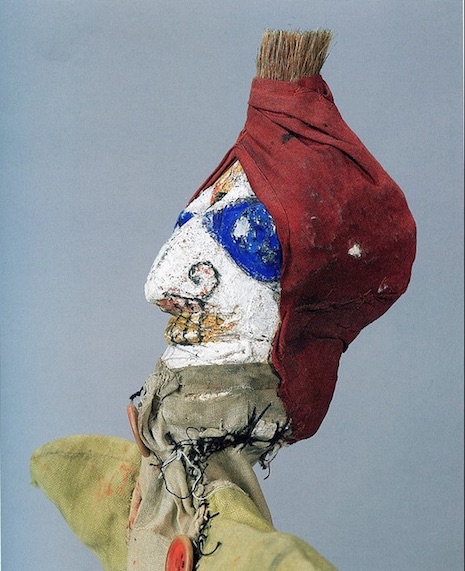
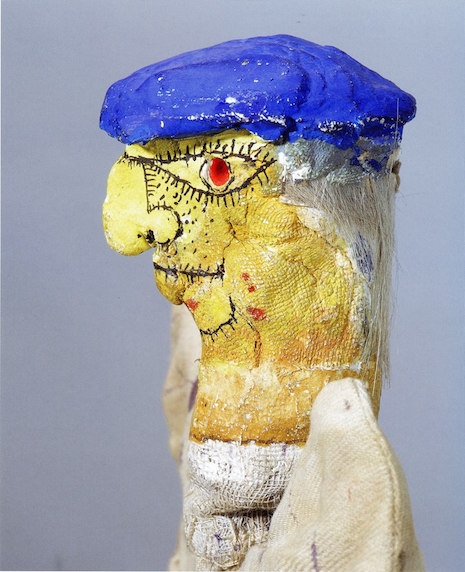

Lots more after the jump…....






